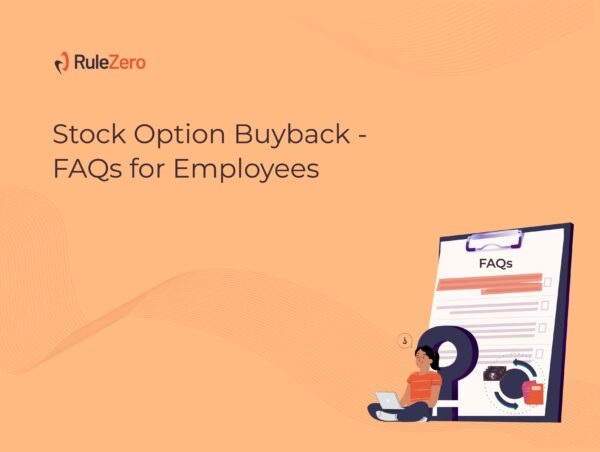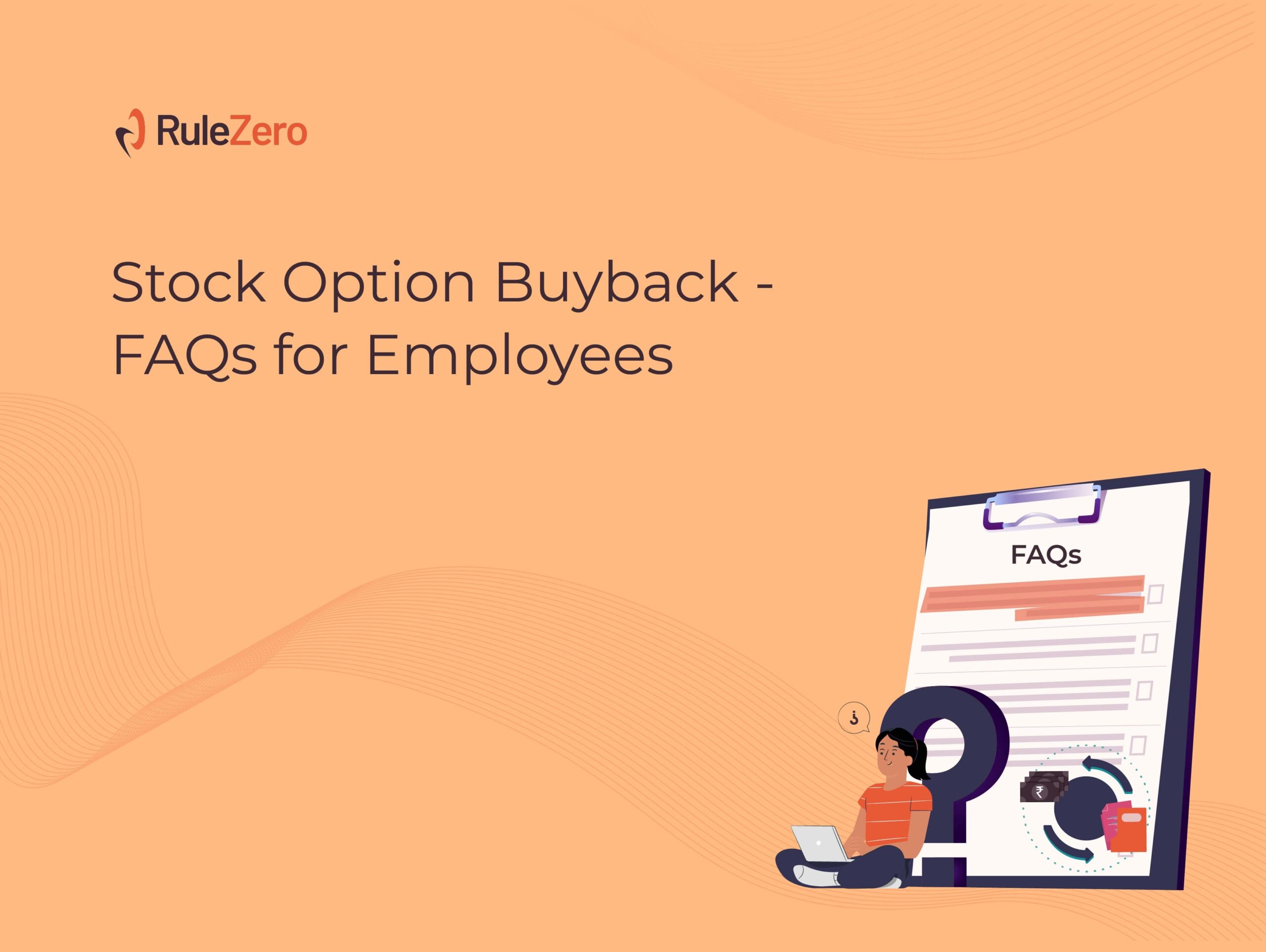The growth of a company, especially in its initial stages, depends on the founders. Therefore, it is most important for all founders to be on the same page and cohabitate. A founders’ agreement is the starting point to achieve this. Founders’ Agreements are executed amongst the founders of a company. Typically, a founders’ agreement terminates immediately upon a shareholder agreement being executed with the institutional investors after an institutional financing round. Before going into the why and the what, one key thing to note is that this should be a very short document that focuses on the key principles, unless the expectation is that there will be no institutional financing round in the near term. ,
First, the why?
Founders usually (not always) discuss and agree on most key items that need to go into a founders’ agreement. However, they don’t often document what is agreed on and often miss out on some important items.
While founders have the ability to solve problems and they are often able to address issues that arise among them, a well-drafted founders’ agreement reduces the possibility of issues, provides clarity when issues do arise and sets the frame-work for resolution.
Second, what goes into a Founders’ Agreement?
1. Founders and Founding Team: There is a lot of confusion surrounding these two terms. Founders are individuals who start the company and usually bring in the initial capital. Founding team are the early senior employees. They don’t sign the founders’ agreement. When drafting the agreement, be clear on who falls into which category.
2. Objectives of the company: Capture the goals and objectives of the company (including target industry/market, target customers etc) and set designated timelines within which such goals need to be met. This will bring all the founders on the same page aligning their interest and efforts to achieve the common goal.
3. Governance and Decision Making: Governance and management terms have to be set at the very beginning as kicking the can down the road will only mean conversations getting tougher when a VC comes in. This requires having clarity on who is on the Board and in charge of leadership and decision making. Not every founder needs to be on the Board. Of course this may not be relevant if there are only two founders. Ultimately, the CEO being the final arbiter takes the call. Make sure that the decision making structure is simple and efficient.
4. Roles and Responsibilities: It’s a startup, so you can’t have clarity like an enterprise and founders need to wear multiple hats initially. Ensure there is an agreement or understanding on key roles and the compensation payable for performing such roles, if any. Also, provide flexibility to change the terms if need be, with the decision in the hands of the CEO.
5. Equity: Equity is very valuable as we all know it. Allocation of equity should be scientific and based on relevant factors. These include – (a) seniority and experience, (b) role and responsibility, (c) what one is leaving behind to join or extent of risk being taken, and (d) cash being contributed. There could be others as well. When deciding who gets what percent of the company’s equity, be fair to each other including yourself. Being generous may not be a great idea.
Also, consider leaving some equity in a “Founder pool”, which can be allocated among the founders, two to three years later. Allocation can be based on contribution. If you do agree on this, please agree on a clear mechanism for distribution as well.
Another important factor to be decided initially is vesting because value gets built over a period of time. Vesting should ideally be no different from stock-options. A founder who does not contribute but is sitting with a lot of stock can be disastrous for the company and the founders who contribute. Look at how much little equity founders in late stage companies have. You are often negotiating for stock options as low as 1%. A founder who has exited can be holding as much as you. Introducing concepts such as “cause” and “without cause” are not great ideas. Companies are very careful about handling it. Same care should be applied with founders.
6. Dispute Resolution: Please consider mediation as a process for disputes so that things don’t become nasty. If things fail, arbitration. It’s worth nominating an arbitrator in advance and an alternate arbitrator. It goes without saying that you must have their consent. Of course, this will not apply to items where decision making is already defined in the document. For instance, equity allocation in the second sub-paragraph of paragraph 5 above.
7. Treatment of additional expenses of the company: Building a company is accompanied with a series of expenses. These expenses mostly include legal, fundraising, research and technology and other operational costs that are often met by the founders. To avoid any large disparity in the amount contributed, provide clearly the terms of recording and maintaining such costs along with the ratio in which the costs will be shared between the founders.
8. Exit formalities of a Founder: A founder’s exit has serious repercussions on the company. A founder’s exit can be voluntary or for cause. Capture the settlement process accordingly. Typical exit terms for founders are as follows:
- If the founder leaves the company voluntarily, then any unvested shares in the hands of the exiting founder will be transferred to the stock option pool or to the remaining founders.
- In a case where the founder is terminated from employment due to breach of contract or any material misconduct, all shares held by the founder are either bought back by the company or transferred to the remaining founders.
In addition to this, also make sure to capture provisions on settlement of the founder’s accounts and delegate responsibilities to ease the change in the operational and management structure.
9. Death or permanent disability of a Founder: In such a scenario, consider if you wish to accelerate vesting of a portion of the founder’s shares which then will be issued to the founder’s nominee or legal heir. The unvested shares are offered to the remaining founders in proportion to their current shareholding.
10. Boiler-plate Items: These are straight-forward items – (a) simple employment contracts, that include IP ownership clauses; (b) employment commitments; (c) confidentiality; (d) conflict of interest, non-compete and non-solicitation, (e) jurisdiction; (f) termination etc.
11. Winding up the company: Winding up the activities of the company is a huge decision that requires the unanimous consent of all the founders. Make sure to capture clear guidelines on how the entire business will be closed on the legal front. All provisions regarding settlement of accounts, debt settlement and asset allocation have to be captured in detail for the easy exit of the company from the market.
This should be captured in a simple document. Anything, more than a few pages, should be avoided. Get a good lawyer to help you with this. Consult an experienced founder!!










